Spend five minutes with VC Pines and you’ll quickly realise he doesn’t approach music the way most people do. For one, he sees it — mostly in shades of violet. It’s not a gimmick. It’s how his brain works: a combination of his experiences with epilepsy and synesthesia, and a need to pin emotion down in something tangible. Sound becomes colour, colour becomes feeling, and somewhere in that swirl is a discography that feels bold, personal and timeless.
Real name Jack Mercer, VC Pines makes music that is personal without being precious, soulful without being nostalgic. Since leaving his indie band days with The Carnabys behind, he has quietly been building a catalogue that fuses alternative soul with sharpness and raw confession. His latest EP, Viole(n)t Colour, is the kind of record that sounds like it came out of late-night walks and long internal monologues. Written during a period of burnout, it’s a document of exhaustion, recovery, and finding clarity by stepping back from the noise.
But clarity doesn’t mean polish for polish’s sake. Mercer thrives in contrast. His tracks weave together rough edges and smooth production, punk impulses and vintage soul, softness and structure. There’s often a pop hook lurking under the surface, but it never arrives the way you expect. That tension and friction is where his music comes alive.
We caught up with VC Pines to talk about how his life has shaped his sense of memory and identity, why colours guide his songwriting, what it means to be a DIY artist in a post-label world, and how it feels to play a sold-out show where every single person is there just for you…
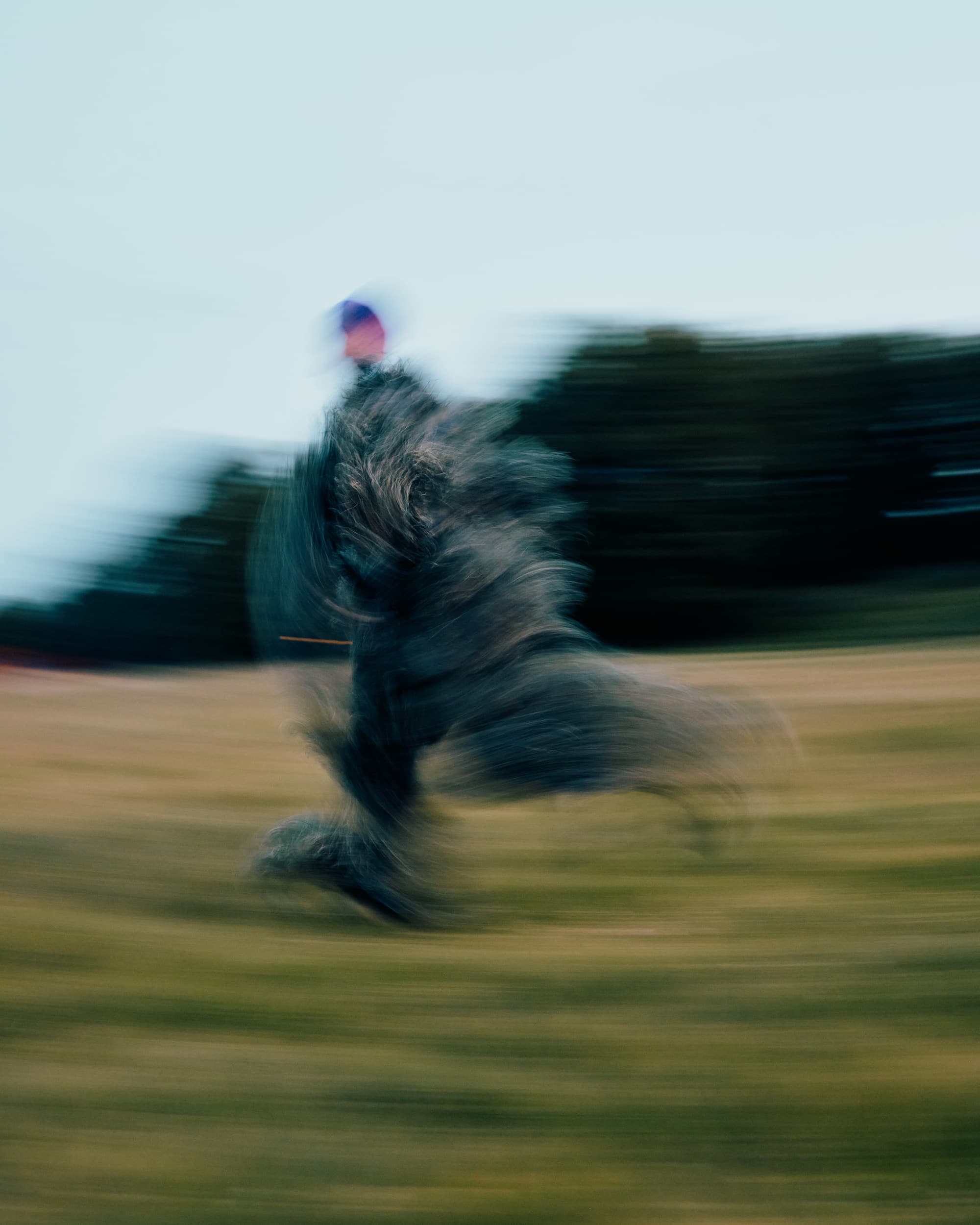
Knuckle Mag: How did you come up with the name VC Pines? How does it reflect your work and what you are doing?
VC Pines: So VC Pines stands for Violet Coloured Pines. The ‘Pines’ aspect of it is linked to my temporal lobe epilepsy, which is very connected to senses and memory. When I was a kid, my dad used to work in North America every now and then, so we would go over there. That environment — those big pine trees — stuck with me. When I first started having seizures, I was remembering that environment but didn’t really know what it was. It was just suppressed in my memory. A symptom of epilepsy can be synesthesia, where you sense things in colour and associate a lot with colour in your head. For me, when I’m writing, I’m always trying to make songs that sound purple or violet. I don’t know why — it’s just that the songs I’ve made that I’m happiest with have always been that colour in my head.
KM: What early memories or environments do you think really shaped your journey into music?
VCP: I grew up on a lot of Motown, soul, and punk. A strange mix, but they all come out in my music. None of my immediate family are really musical, but it still had an effect on me and stuck with me. I started playing guitar when I was about 10 and just never stopped. I met some mates at school who were into music too, and we basically just pretended to be the Arctic Monkeys for years. We started playing in pubs, doing sets of covers, then moved into writing our own stuff and recording. It all progressed really naturally from there.
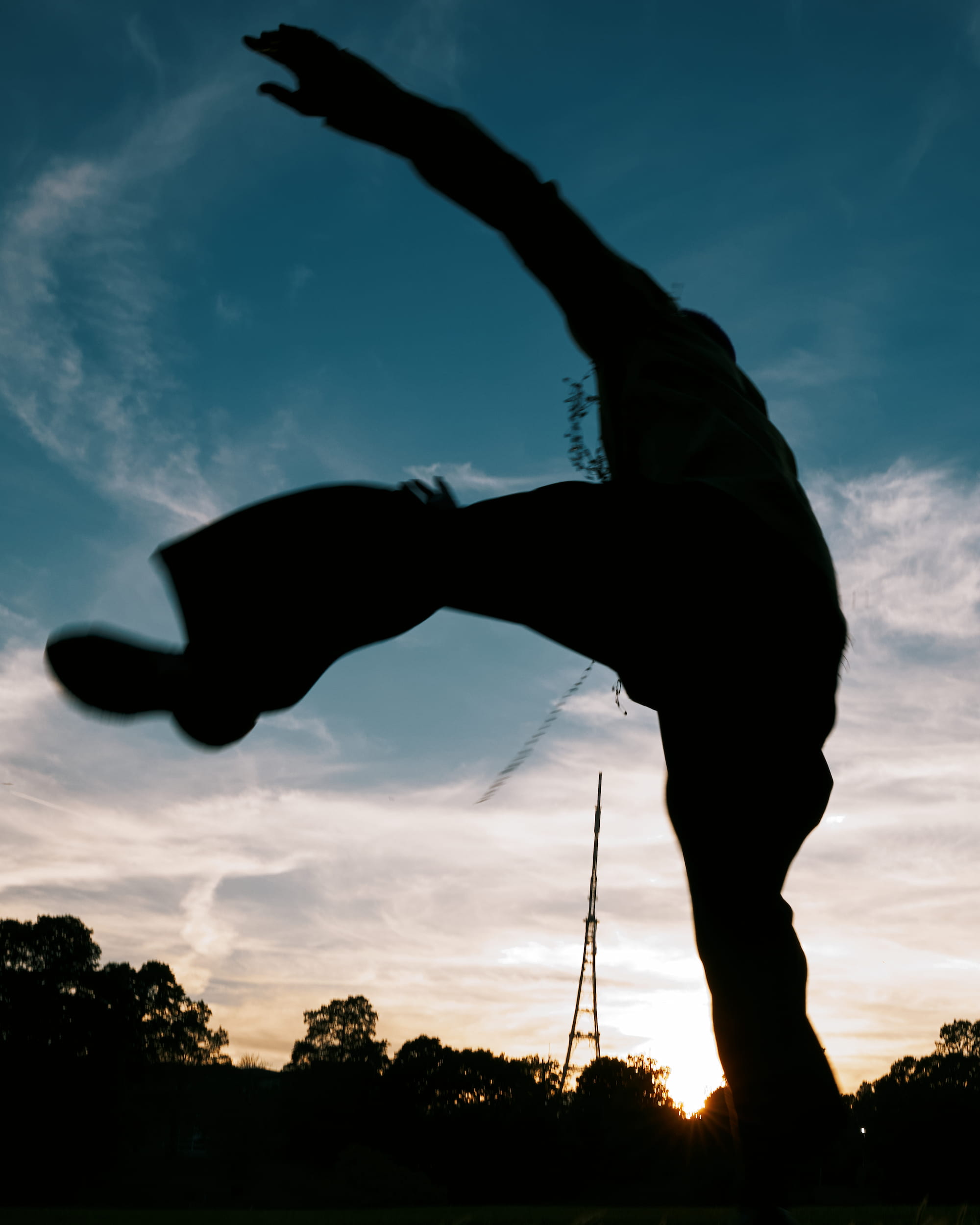
KM: You mentioned your synesthesia — how does that affect your creative process?
VCP: It’s definitely a more visual process, which I guess is weird for something that’s all about sound. I’m using my mind’s eye and thinking about how things feel in terms of colour. That shapes the songs. It’s hard to explain.
KM: You mention how your process is hard to explain — how did that affect you when working with your band?
VCP: I tried to explain it back then, but I think people just thought I was mad. When we were arranging setlists or album tracks, I’d be like, “OK, we need two green songs, then a blue one,” and no one really got it. It’s so visual and personal that it’s almost impossible to describe it to others. It’s much harder to use creatively when you’re in a band or group setting.
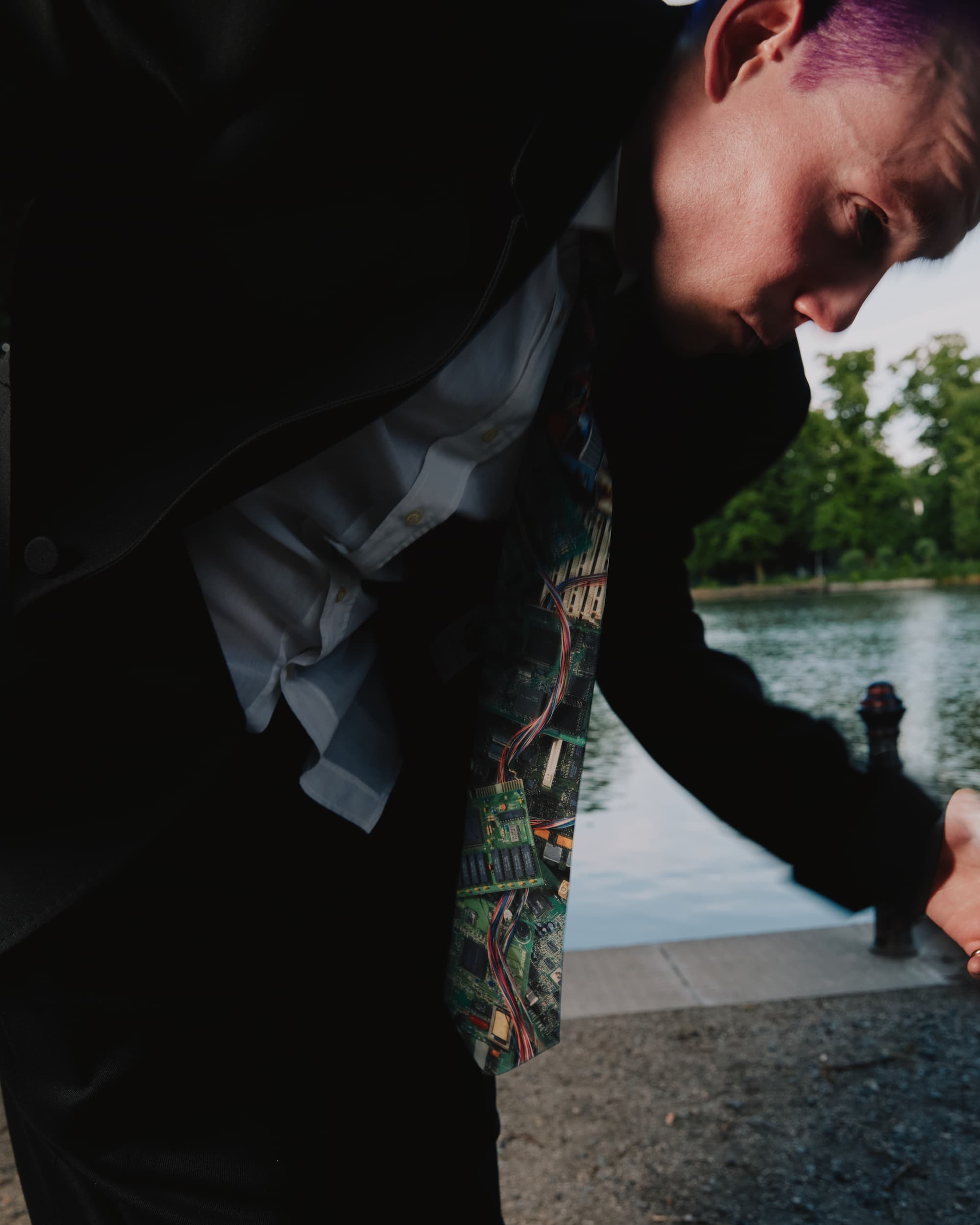
KM: Your work seems to really channel personal experience more than most. How do you transform those moments into music?
VCP: Epilepsy is way more than just seizures. There are small, daily symptoms: mood shifts, how you read expressions, how you see the world. That all affects my music and how I make it. I think my lyrics have become more insightful because of it. I also write a lot about my mental health. That really shapes everything I do, and that’s what I want to portray — what it felt like growing up in London while managing epilepsy.
KM: You’ve spoken about how your recent EP came from a period of burnout. How did the creative process aid in your recovery?
VCP: It was really therapeutic. I’d done the album campaign, festival season, and two tours — all without management or a label. So I was super busy. When it all ended, everything just hit me. I realised I had been vacant in my friendships and relationship. That, plus some stuff at home, made me crash hard. I couldn’t see how to keep going in the industry. I felt like I lost my creative outlet — and myself. When I started making songs again and feeling better, it helped me get things off my chest. The anger and the guilt. I was just saying how I felt, and it was incredibly therapeutic.
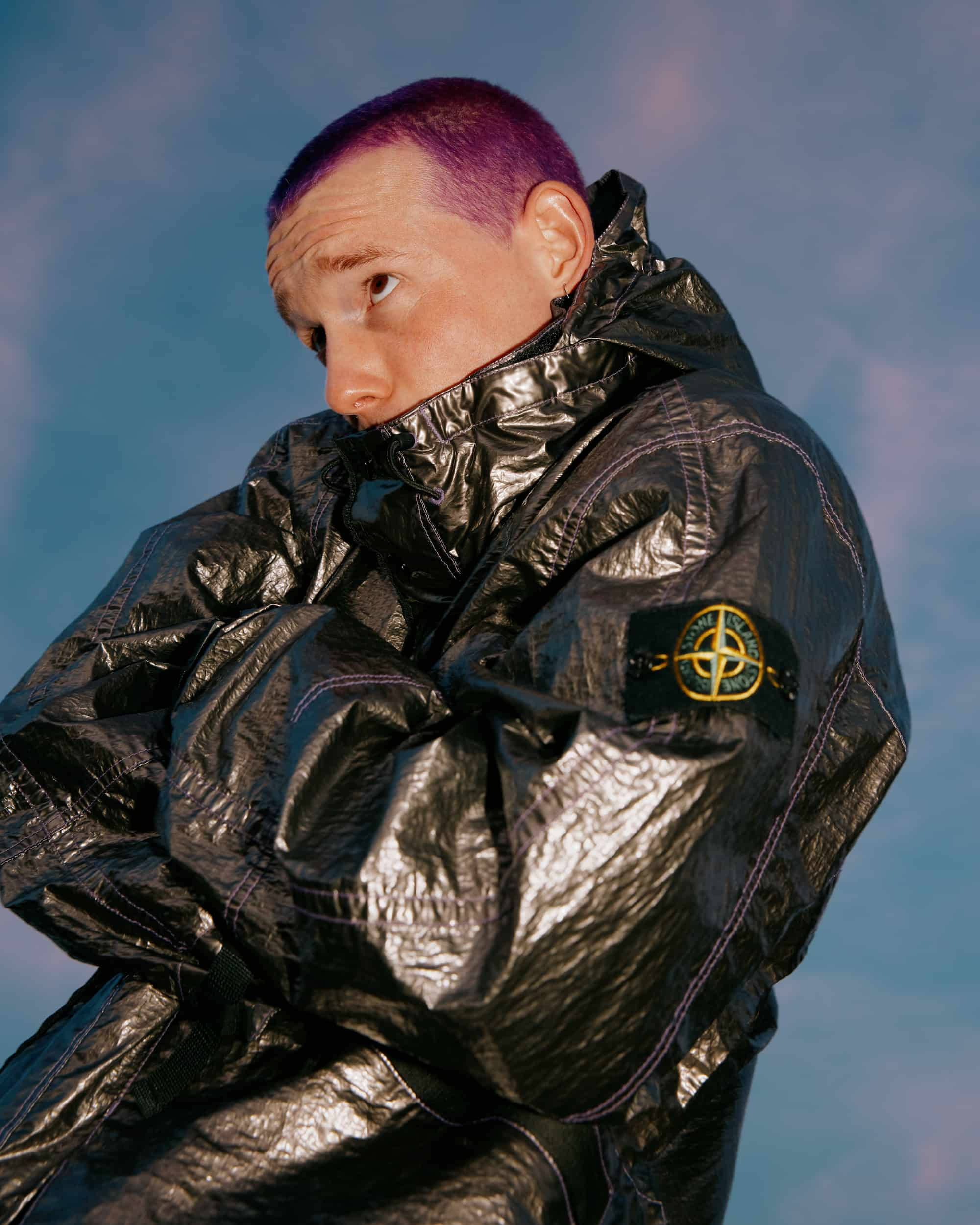
KM: You’ve spent a lot of your career without a label. How does managing all the logistical elements of your career impact your ability to be creative?
VCP: It’s all separate. I make the music at a time when there’s no need to be thinking about admin. Then I try to convince a distro company to release it with me. If they say yes, then the admin kicks in. Release plans, timelines, predictions — all that stuff. I hate that part. But then it gets creative again with visuals and content. So it’s: make the thing, do the admin, then portray the thing. It being separate means the admin doesn’t affect the creative process too much.
KM: On MRI you collaborated with a lot of great producers. Did you find you had similar creative issues to when you were in the band?
VCP: Not really. There were a lot of great people involved, but it was working towards my vision. I didn’t have to explain myself as much. I worked with a lot of different producers. Sometimes I’d write at home on my own and finish it with them, other times we’d write together from scratch. I love bouncing ideas off someone else. When you’re on your own, you get really deep into your own head. But with someone else, you get these subconscious sparks. That’s when the most natural work comes out.
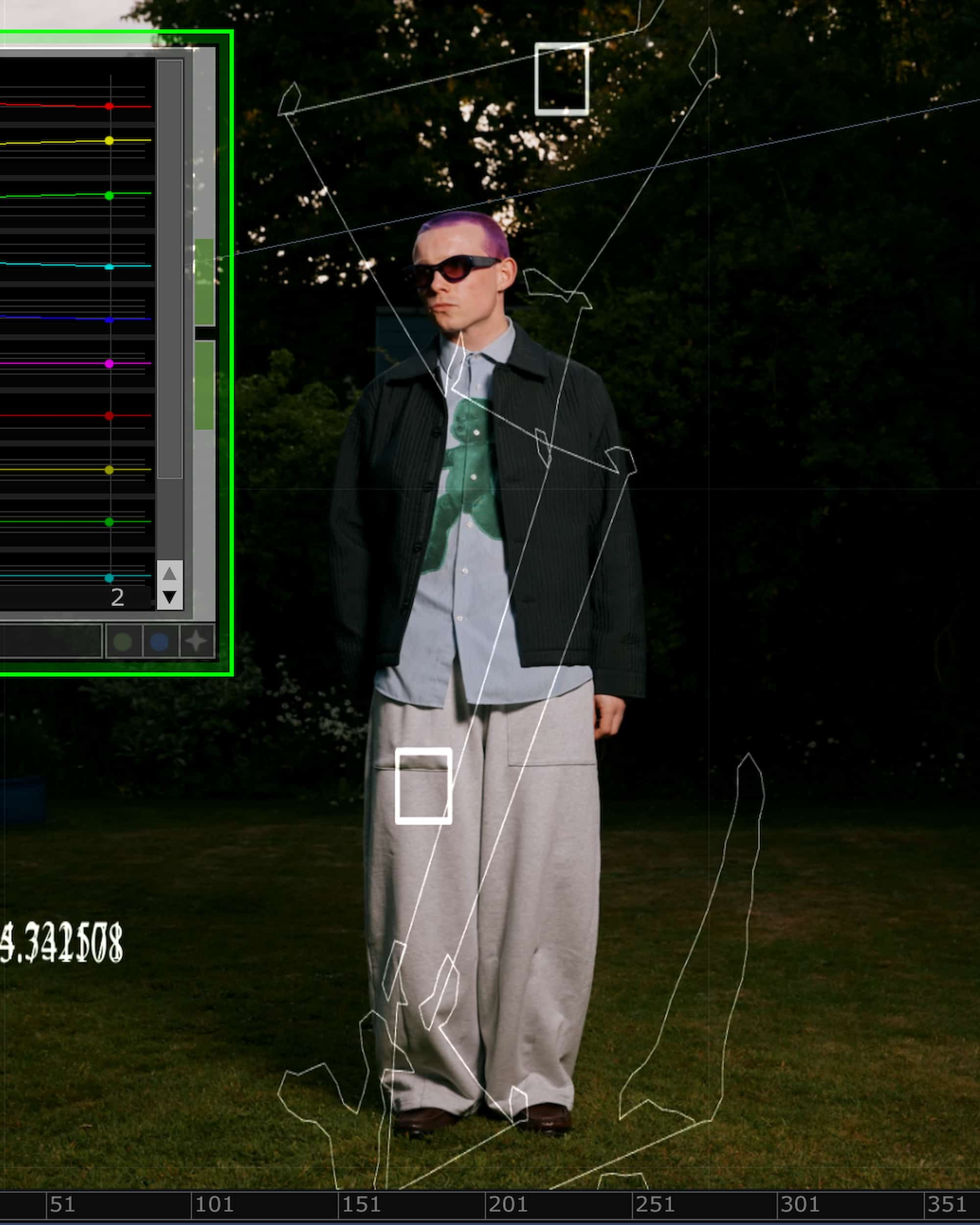
KM: Your work is a lovely mixture of rawness and polish — what draws you to these contrasts?
VCP: I just love pairing polar opposites. I do it with music, I do it with clothes, I probably do it with everything. It’s a nice way of cramming as many ideas into something as possible. The challenge is blending it and making it work — sometimes it’s like playing two films at once. It makes things more textural, especially in production. Adding those hard edges and softening them again makes songs more interesting.
KM: Were there any specific artists that really influenced you growing up?
VCP: Yeah, André 3000 for sure. Massive fan. Also Alex Turner — his lyricism really hit me, especially when I was learning poetry at school. David Byrne too. Me and my dad used to watch Talking Heads videos all the time. I loved how he just allowed himself to be weird.

KM: You spoke about liking contrasts in your clothes as well as your music. How important is your visual identity — and your style — to your music?
VCP: It’s really important. I wear stuff depending on how I’m feeling. If I leave the house in a rush and I’m not wearing something that feels like me, then the whole day just feels wrong. Feeling good in what I wear helps me feel like I’m at my best creatively.
KM: I love your music videos — especially the one for Chasing the Dragon. How involved are you creatively with those?
VCP: A lot! Usually the ideas start with me. I’ll say, “I want this kind of shot,” then figure out how to make it happen with the team. I’ve worked with Apollo Films for ages — they always bring my ideas to life and flesh them out with amazing extra ideas.
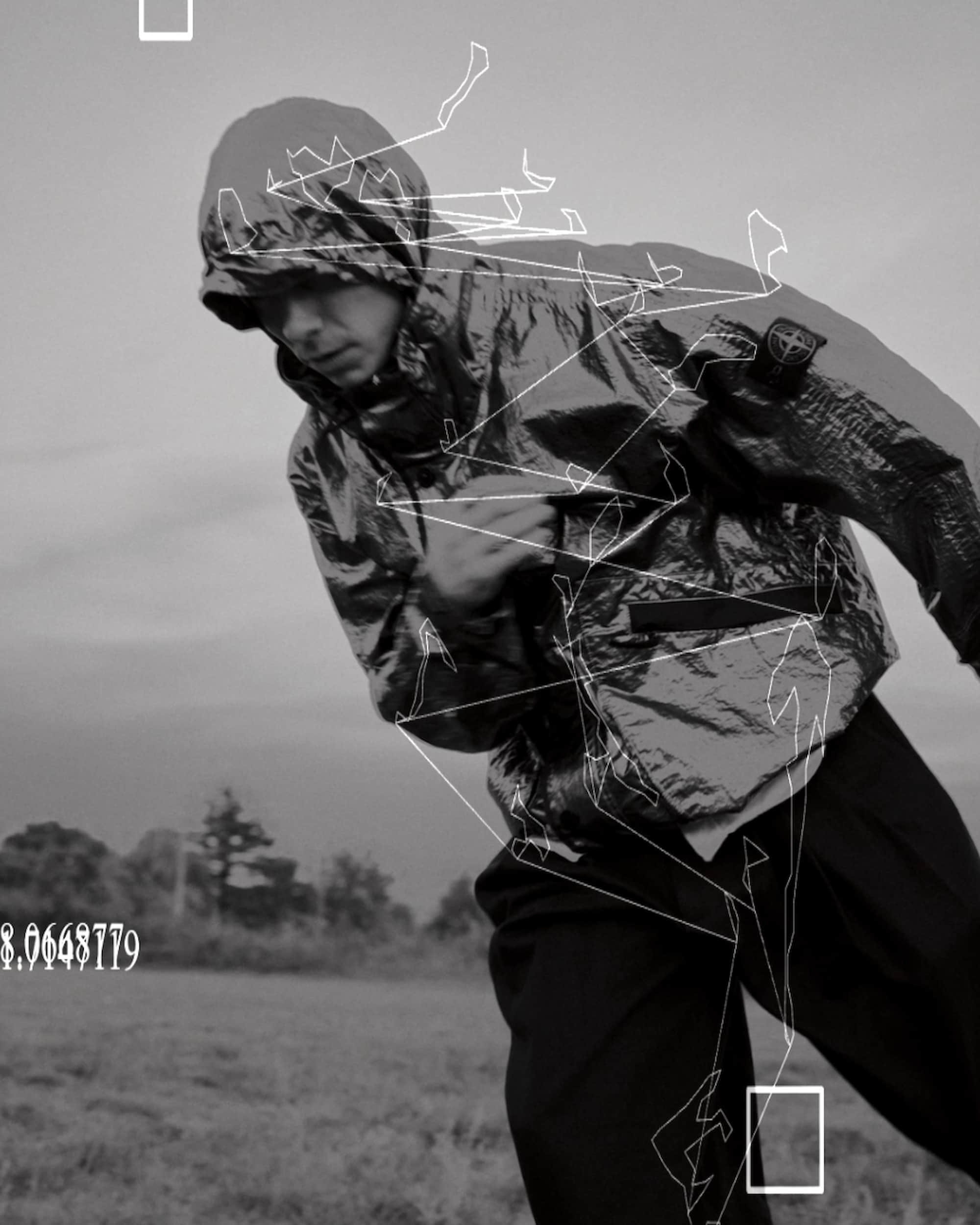
KM: Are there any moments from your career that really stand out to you?
VCP: Performing on live TV at Glastonbury in the BBC garden — that was nuts. Talking about epilepsy on Channel 4 News and helping raise awareness was a big one too. But headlining Lafayette in London was probably the main one. Just walking on stage and seeing everyone there — I nearly cried. It wasn’t even that many people, just over 600, but it felt massive. With our focus on social media, numbers start to lose their meaning and weight. But when you see 600 people, right there, to see you — it really hits you.
KM: What are your goals for the future? Do you have anything big coming up?
VCP: More music. I want to make as much as possible — for myself, for other artists, for film. I also want to keep touring. Playing live is why I got into music.